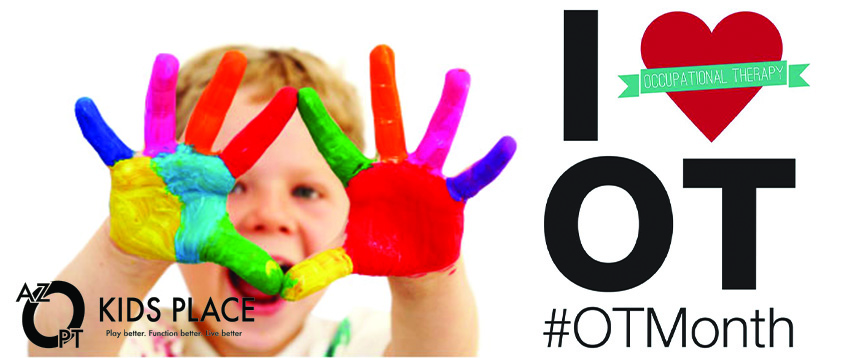Is Occupational Therapy Right For My Child?
Pediatric occupational therapy (OT) is a specialty designed to help individuals with developmental, physical, and cognitive delays. Occupational therapists help develop, recover, or maintain skills needed to perform their everyday activities (occupations). A child’s occupation is to play, dress, groom, bath, and perform school work. Factors that may inhibit a child’s ability to complete these “occupations” may include challenges with fine motor dexterity, visual motor integration, sensory processing, and general muscle weakness. OT interventions include modifying tasks, adapting environments, and teaching a foundation of skills to help complete the most meaningful activities with increased independence and success.
What warning signs justify an occupational therapy evaluation?
If your child is regularly unsuccessful in completing age appropriate tasks, OT may be helpful. Some common warning signs may include, but are not limited to:
- Delays in developing motor skills such as sitting up, rolling, crawling, and walking
- Poor tolerance to grooming activities (brushing teeth/hair, bathing, nail cutting, haircutting, etc.)
- Excessive or no reaction to sensory input (seeing, hearing, feeling, moving, tasting, etc.)
- Walking on toes more than 50% of the time
- Poor functional play with toys
- Difficulty with transitions or following directed tasks
- Poor coordination or body awareness when navigating their environment
- Poor eye-hand coordination
- Difficulties with balance
- Difficulties with depth perception
- Difficulty with crossing the midline of the body or bringing hands together
- Aggressive or impulsive behaviors
- Poor hand writing and reversals of letters and numbers
What should I do if I am concerned about my child?
Speak to your doctor about concerns and ask if an occupational therapy evaluation is your best option. After receiving a referral from the doctor, an initial assessment can be set up at Kids Place. Based on your concerns, the child’s age, and clinical observation, an occupational therapist will evaluate the following skills: grasp, visual motor integration, core & upper body strength, protective reactions, ocular motor movements, motor planning, sequencing, seated & joint attention, and reflexes. You and the therapist will outline a plan of action, for both in the clinic and the home to help your child achieve their goals and get the most out of OT!








